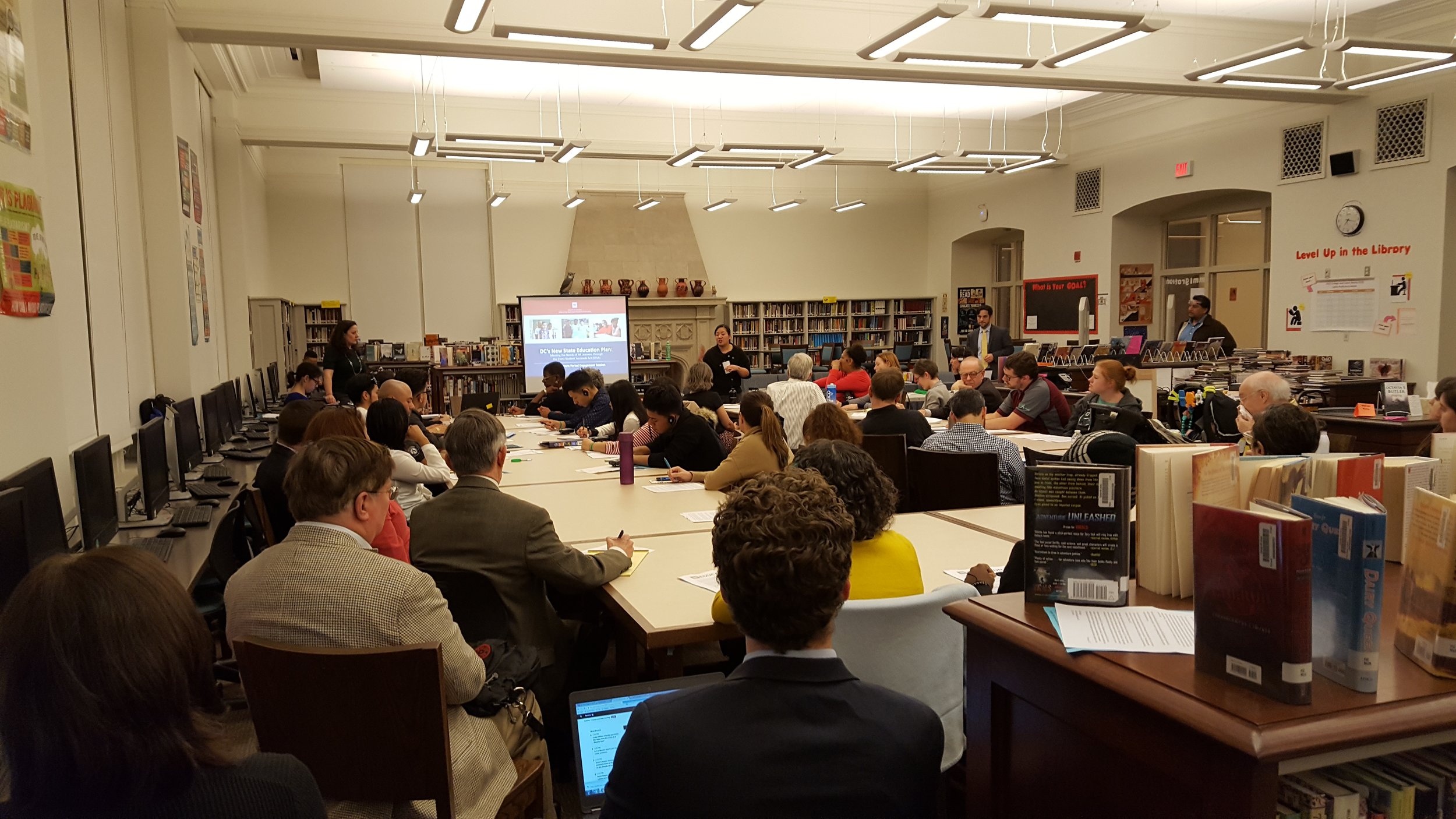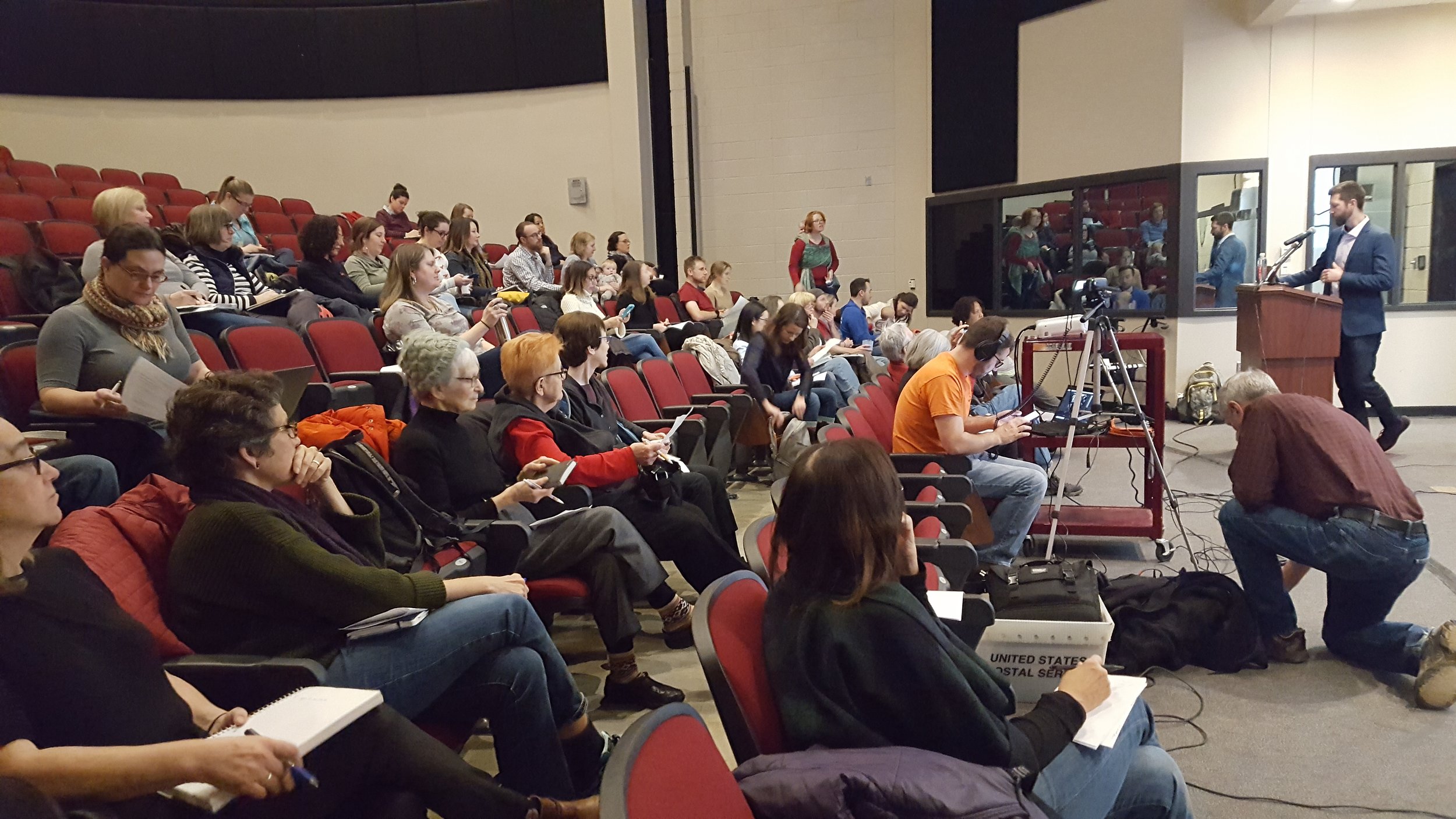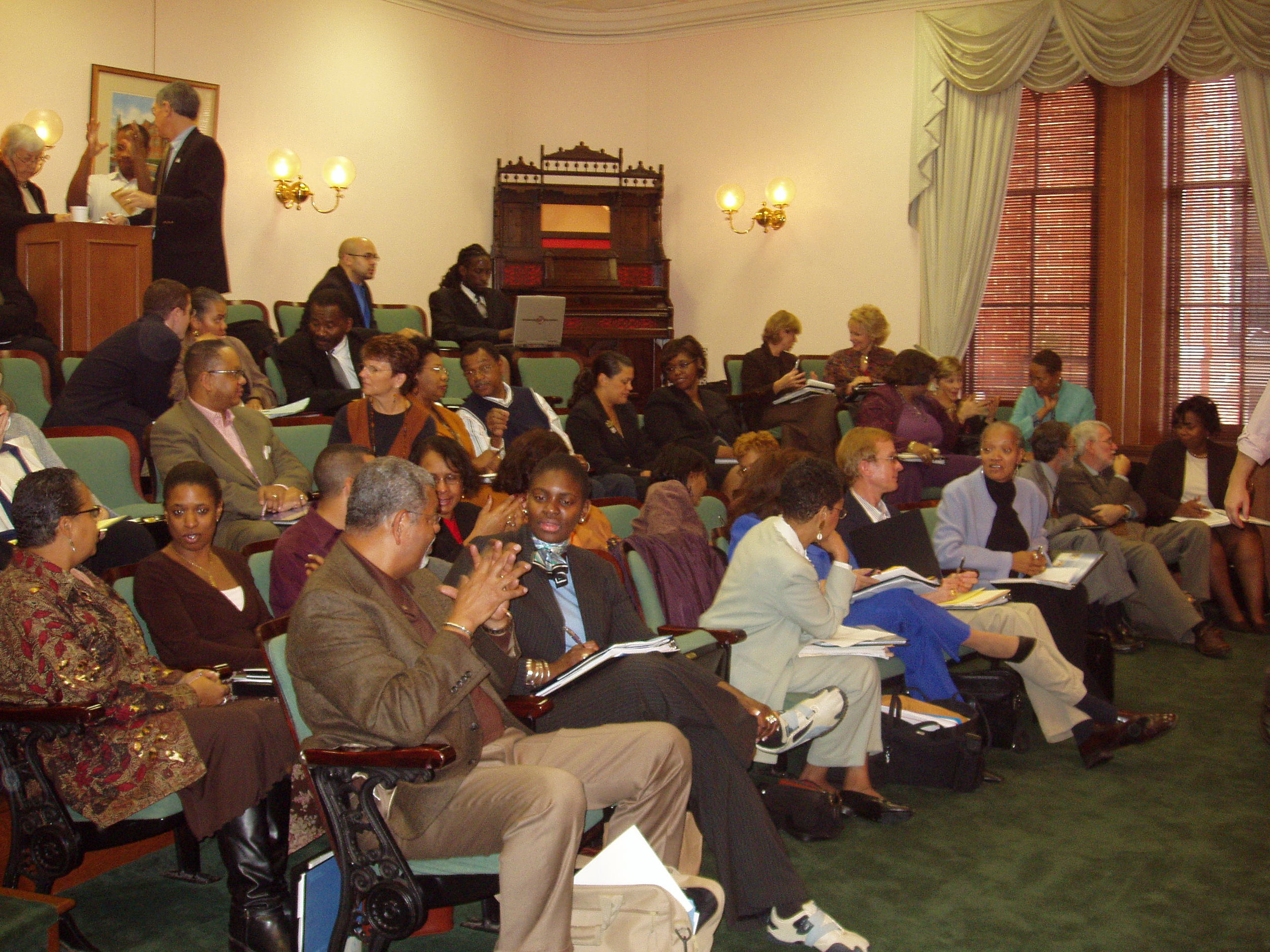2015 C4DC School Budget Tool
/We are excited to launch a new interactive tool to help people understand and analyze the DCPS individual school budgets in the context of school budgets generally.
>> Access the new C4DC School Budget Tool here
The tool focuses on General Education funding – provided to serve all students -- but also shows funding for children with special needs, including: Special Education, English Language Learners or At-Risk Students and some federal funds for children in poverty.
Background: How the DCPS Budget Process Works
The DCPS budget process is difficult to untangle, involving multiple complex steps.
First, DCPS receives funding from the city through the Uniform Per Student Funding Formula, which assigns a foundation amount to every public school child, supplemented by specific dollar amounts for children with specific characteristics. See the DCPS Per Pupil Funding Analysis (frame 358 of the Mayor's proposed FY16 budget). These funds cover both central office and local school functions. DCPS also receives Title I and Title II federal funds, a portion of which are allocated to individual schools.
Second, as outlined in the DCPS FY2016 Budget Development Guide, DCPS allocates funds to schools using staffing formulas – assigning positions and funding for them based on the number and needs of the children in a school. DCPS deviates from the pure staffing model approach in some instances – specialty, stabilization and per pupil minimum funds.
There is no perfect way to allocate funds among a broad array of schools. Following the introduction of the at-risk weight last year, the allocations this year represent a further improvement in equity and adequacy, a trend the can only be strengthened by thoughtful input by stakeholders. This tool is intended to facilitate such input.
How The C4DC School Budget Tool Works
The front page shows General Education funding proposed for the coming school year, for this year and the two years compared. General Education funds are local funds intended to serve all children to meet their general education needs. They include enrollment based, specialty, per pupil minimum and stabilization funds.
The second page shows funding from all sources, total funds on a per pupil basis. Often people focus on the total funds a school receives on a per pupil basis. These include local funding specifically targeted for Special Education (SPED), English Language Learners (ELL) or At-Risk Students and federal funds for children in poverty. This can be misleading. Two schools may get very different per pupil amounts because they have different numbers of students within these categories. The width of the bands for SPED, ELL and At-Risk Students shown on the total funds table gives a relative indication of the magnitude of the populations in those categories at each of the schools. (The one exception to that rule is that in FY 2015, At-Risk dollars did not follow the students so the band for At-Risk dollars in FY 2015 reflects discretionary DCPS priorities.)
We believe both of these measures help inform analysis of school budgets, though a focus on General Education funding has been lacking and we are pleased to be able to show the data in that format.
One final note on the data, no two schools receive precisely the same amount per pupil under either measure. Given the differences in students served and the efficiency in some areas for larger schools (economies of scale), that is not surprising. Indeed, there is a predictable pattern (though not an ironclad rule) that larger schools benefiting from economies of scale receive lower per pupil funding.
We are very grateful to Coalition members DC Fiscal Policy Institute, S.H.A.P.P.E., Matthew Frumin and the Dean of DCPS data – Mary Levy – for their work on this project, to DCPS for its cooperation throughout and to Code for DC for its extraordinary and generous work developing this tool.
Next Steps in the Budget Conversation
We hope to refine the C4DC School Budget Tool in response to user input and to continually advance transparency and accountability in our school budgeting process through access to and analysis of increasingly open data.
We hope you find this tool useful as we think together strategically about how we can put our education investment to the most productive and equitable use.








